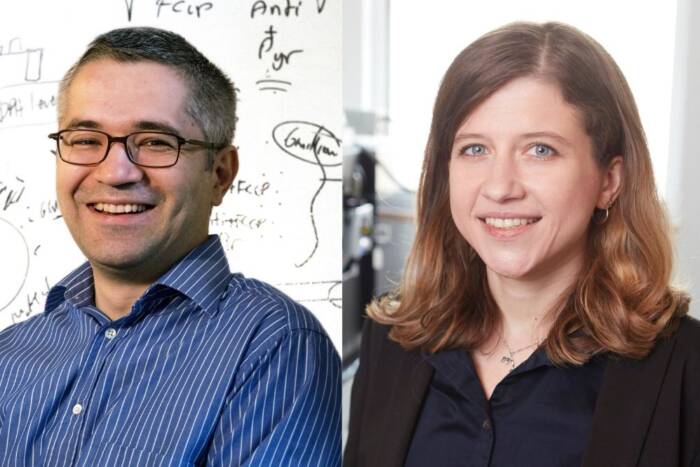Archive center goes its own way
by ZACH VEILLEUX
After 34 years as part of the university, The Rockefeller Archive Center, which catalogs and stores the university’s administrative and scientific records and also handles archival material from several other organizations and from the Rockefeller family, has become an independent organization.
Effective July 1, the university has transferred assets that have supported the center’s operations, including a $115 million endowment, art valued at $2.8 million and property in Sleepy Hollow, New York, appraised at $17 million, to a new nonprofit organization. The center’s 26 employees are also now on the archive center’s payroll.
Previously overseen by a board of advisers, the center has formed a board of directors and received a charter from the Board of Regents of the State of New York earlier this year. The board of directors includes the heads of the three primary institutions — The Rockefeller University, the Rockefeller Brothers Fund and the Rockefeller Foundation — that it serves as well as David Rockefeller, representing the family, and Neil Rudenstein, the former president of Harvard University. The board has also appointed a president and chief executive officer, Jack Meyers, who will oversee all of the institution’s activities.
“The university’s records make up only part of the center’s archival materials, and the family and other institutions that rely on its services agreed that its needs would be better served by making it a separate institution,” says James Lapple, the university’s chief financial officer, who was involved in the deal. “By spinning it off, the archive center will be able to broaden its mission.”
Under a new service arrangement, the university will pay a fee of about $500,000 a year to the archive center to continue to catalog and store university records — approximately the same amount it paid to support the archive center’s operations before the spin-off. In addition, the university will manage the archive center’s investments and provide financial and accounting management on a fee-for-service basis for an initial three-year period. Overall, the terms of the arrangement mean that the university’s costs for archival services will remain approximately what they were before; though the fiscal year 2009 balance sheets will show assets being transferred out, they represent restricted funds designated solely for the support of the archive center.
Dr. Meyers, who has a Ph.D. in English and American literature from The University of Chicago and most recently served as assistant provost at Yale University, hopes to expand and develop the center’s resources and programming and to build creative partnerships with other organizations.
“An independent organization will give the archive center a higher profile in the research community and will enable us to establish a new range of collaborative relationships,” says Dr. Meyers, who was appointed on June 9. “The archive center’s resources are unique, and this is a rare opportunity to initiate programming that we hope will be extremely useful to the larger community of researchers, scholars and those in philanthropy who can benefit from our collection.”
Dr. Meyers succeeds Darwin Stapleton, who had served as the archive center’s executive director since 1986. Dr. Stapleton, who has retired from the university, will continue to serve as executive director emeritus of the archive center and will embark on a two-year sabbatical focused on research and writing.
The archive center serves approximately 250 on-site researchers and hundreds of off-site researchers each year. It houses 80 million pages of documents, 750,000 photographs, 4,000 films and 4,000 reels of microfilm. The university’s records account for about 20 percent of the collection.


